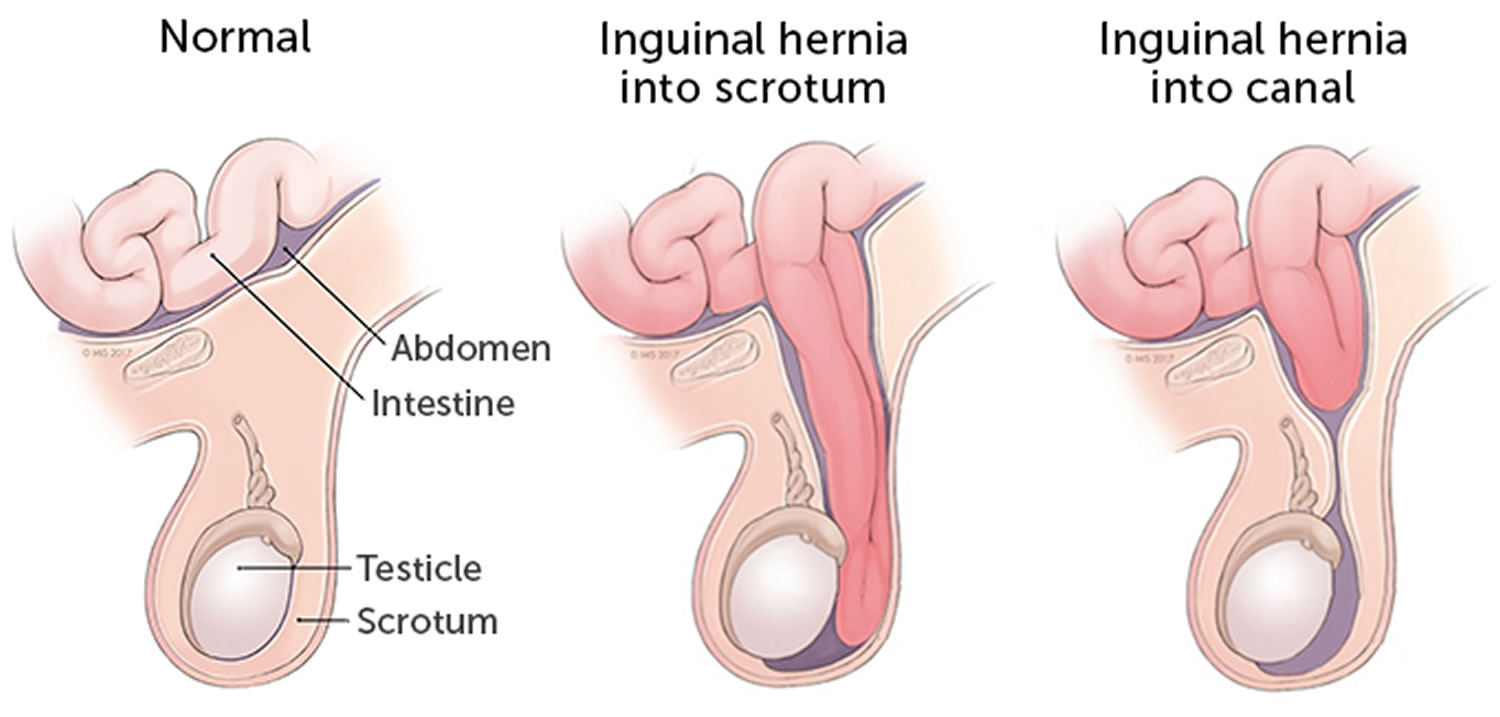
Inguinal Hernias In Babies. Symptoms of inguinal hernia in newborns Regardless of the cause of the hernial protrusion signs of a disorder are typical - this is a bulging in the groin area which increases with physical exertion crying screaming straining and other conditions that cause an increase in intra-abdominal pressure. The treatment of these hernias has been descried for centuries. The second a sliding direct hernia. Direct inguinal hernias occur in newborn babies both term and premature.

A hernia creates a soft lump or bulge under the skin. Provide your baby with adequate amounts of water after every feed. Inguinal hernias are more common in babies who are premature or have low birth weight if there is a family history of inguinal hernias or if there are other problems such as undescended testicles. Direct inguinal hernias occur in newborn babies both term and premature. As a group preterm infants have the highest incidence of inguinal hernia and this risk increases as gestational age decreases. We do not know why this happens in some babies but not in others.
Inguinal hernias in babies and children predominantly develop secondary to the underlying abnormality of a patent processus vaginals.
These occur in babies when there is a weakening of muscles in the groin region after a few months of birth. The second a sliding direct hernia. This is called a hydrocele. The treatment of these hernias has been descried for centuries. Key points about an inguinal hernia in children A hernia occurs when a part of the intestine pushes through a weakness in the belly muscles. Inguinal hernias are more common in babies who are premature or have low birth weight if there is a family history of inguinal hernias or if there are other problems such as undescended testicles.